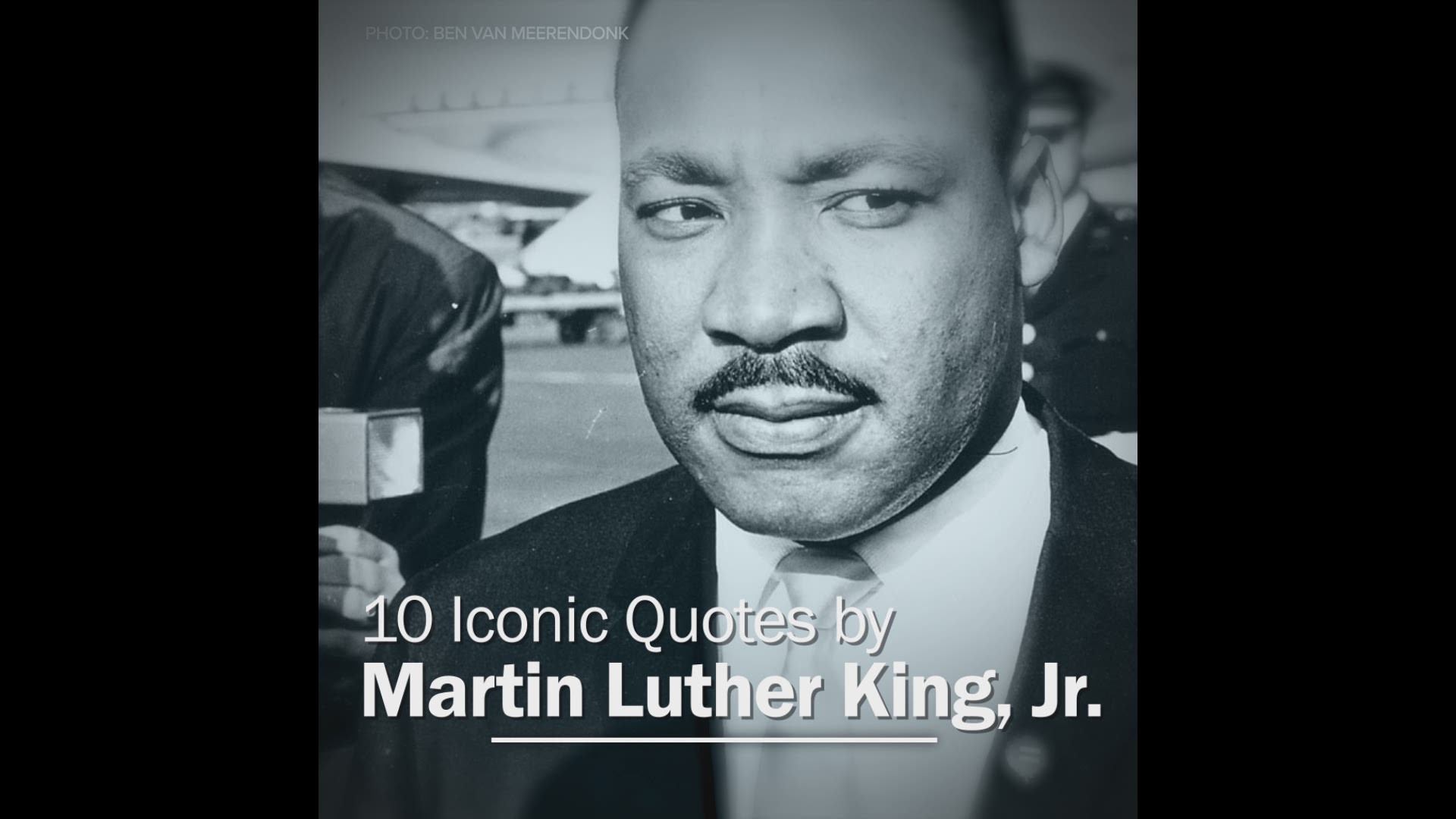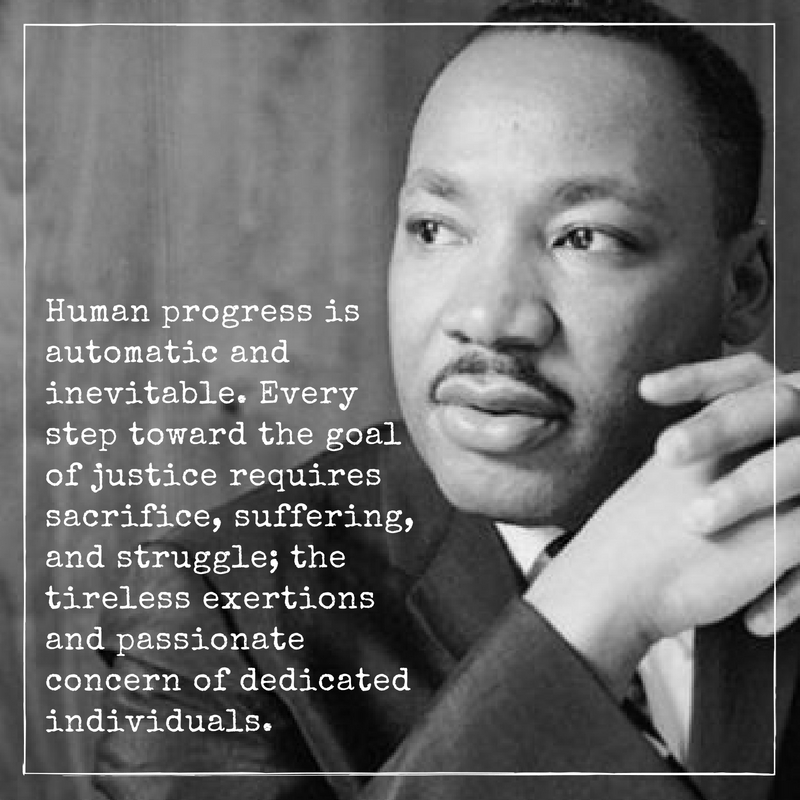

Thanks to the efforts of veteran organizer Bayard Rustin, the logistics of the March on Washington for Jobs and Freedom came together by the summer of 1963. READ MORE: Black History Milestones: Timeline March on Washington Philip Randolph’s plans for a job rights march. Similarly, the Birmingham Campaign of 1963, designed to challenge the Alabama city’s segregationist policies, produced the searing images of demonstrators being beaten, attacked by dogs and blasted with high-powered water hoses.Īround the time he wrote his famed “Letter from Birmingham Jail,” King decided to move forward with the idea for another event that coordinated with Negro American Labor Council (NACL) founder A.

One such campaign, the 1961 Freedom Rides, resulted in vicious beatings for many participants, but resulted in the Interstate Commerce Commission ruling that ended the practice of segregation on buses and in stations. Martin Luther King Jr., a young Baptist minister, rose to prominence in the 1950s as a spiritual leader of the burgeoning civil rights movement and president of the Southern Christian Leadership Conference (SLCC).īy the early 1960s, African Americans had seen gains made through organized campaigns that placed its participants in harm’s way but also garnered attention for their plight.


 0 kommentar(er)
0 kommentar(er)
